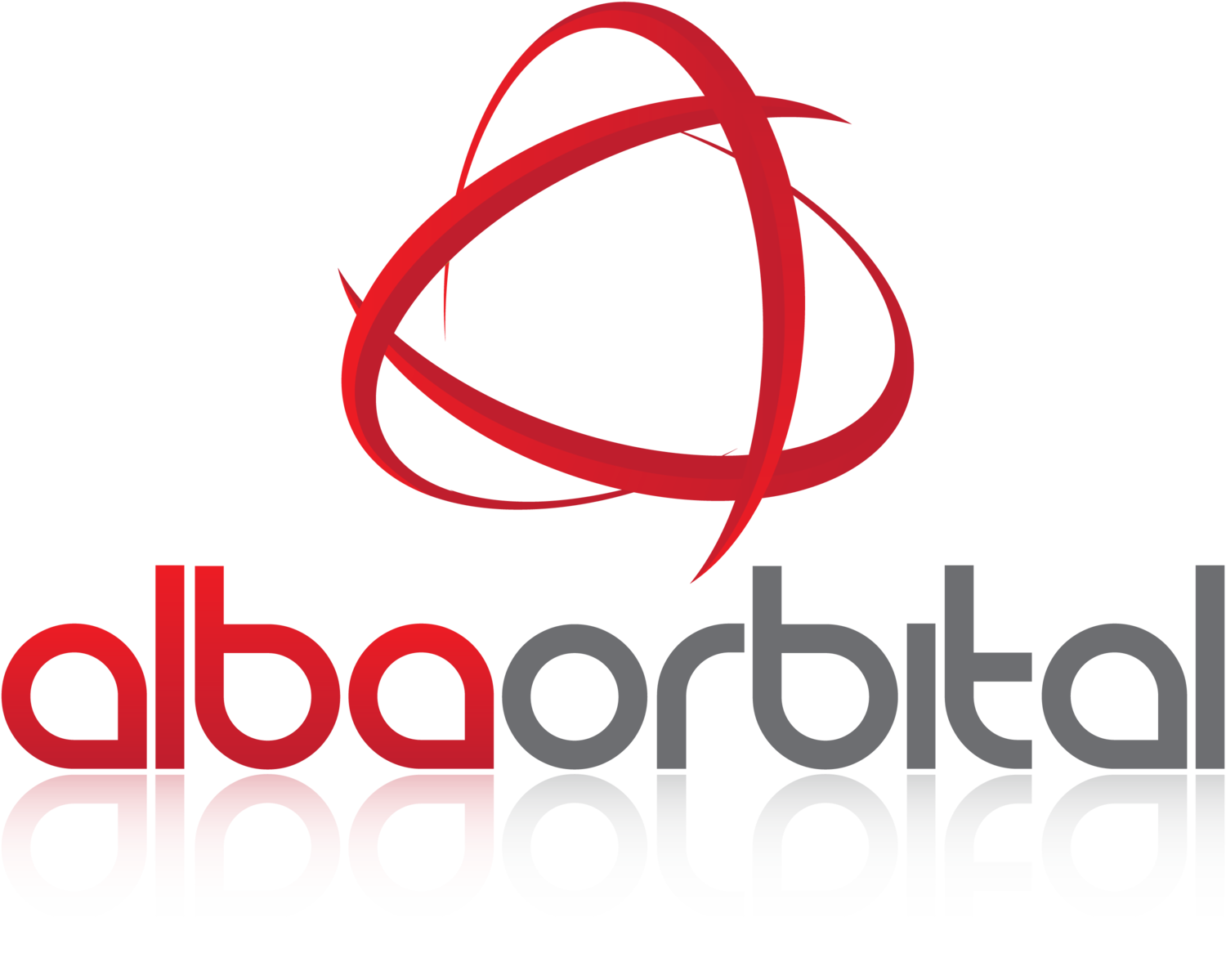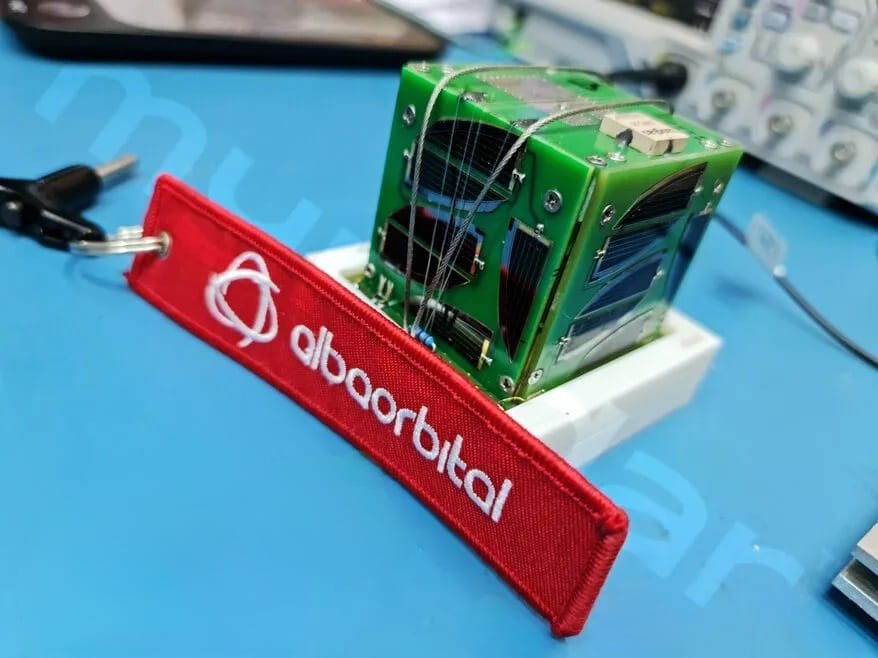Licensing your PocketQube satellite with the FCC
PocketQube satellites are small and lightweight satellites, typically measuring 5x5x5 centimetres, that have gained popularity among amateur satellite enthusiasts and university researchers due to their low cost and ease of launch. However, in order to operate PocketQube satellites in the United States, you must obtain a license from the Federal Communications Commission (FCC). In this blog, we'll take a closer look at the licensing process for PocketQube satellites and provide some examples of companies and organizations that have obtained licenses from the FCC.
The FCC is responsible for regulating all radio frequency (RF) devices in the United States, including PocketQube satellites. To obtain a license to operate a PocketQube satellite in the US, you must submit an application to the FCC and demonstrate that your satellite will not interfere with other RF devices or pose a threat to national security.
Misconceptions about PocketQube licensing
It is a common misconception that the FCC won’t license PocketQube satellites due to tracking concerns. There have now been tens of thousands of TLEs (Two line elements) generated by PocketQubes launched into orbit (see tracking blog)
To apply for a license, you must first create an account in the FCC's Universal Licensing System (ULS). Once you have an account, you can submit an application for a new license or a modification to an existing license. The application will require information about your satellite, including its technical specifications and orbital parameters, as well as information about your organization and its qualifications to operate a satellite.
FCC Licensed PocketQubes – Success Stories
Now let's look at some examples of companies and organizations that have obtained licenses to operate PocketQube satellites in the US:
Myradar-1 – Acme Atronomatic - 1p
Acme AtronOmatic, vendor of the popular MyRadar weather app, won FCC approval in 2021 to launch PocketQube satellites as an in-orbit technology demonstration mission for a constellation that ultimately could include 250 satellites or more.
One of those PocketQubes was MyRadar-1 that was successfully delivered to orbit in May 2022 via the Alba Cluster X mission that flew on board Rocket Lab’s Electron Launch Vehicle.
MyRadar-1 was the first 1P PocketQube to successfully capture and downlink an image from space, and is to this day, the smallest spacecraft to have achieved this feat!
If you’re interested to learn more about the MyRadar-1 mission and ACME’s upcoming HORIS (Hyper-spectral Orbital Remote Imaging System) constellation, read the full case study here. You can also have a look at the FCC Documentation on this link.
2.NOOR-1A & 1B - Stara Space - 2 x 3p
Stara Space’s NOOR-1A and 1B, also known as Unicorn-2B and 2C, are picosatellites developed by Alba Orbital to the 3P PocketQube form factor.
Both satellites were successfully deployed on-orbit on board the Alba Cluster 2 mission, that flew via Rocket Lab’s Electron launch vehicle on the 6th December 2019.
NOOR-1A and 1B was filed under an experimental FCC license and served as an in-orbit technology demonstration mission for an eventual constellation to service other space users with high speed real-time data connection, storage, and computation.
Check out this link if you’d like to learn more on the mission and click here for access to the FCC documentation.
3. Canary Hatchling – Careweather – 1p
Canary Hatchling is a 1P satellite developed by Care Weather Technologies, located in Utah (USA). It was the 2nd PocketQube ever licensed in the U.S.
Hatchling (aka ‘Orion’, and ‘VEERY-FS1) was launched in 2022 as an early pathfinder mission for Care Weather’s future cubesat constellation. With this future constellation, CareWeather plan to map global oceanic vector winds on an hourly basis.
The Hatchling mission was filed under an experimental FCC license and served as in-orbit technology demonstration for Care Weather’s vertically integrated satellite bus.
For more information on the Hatchling mission, be sure to visit CareWeather’s website at careweather.com.
4. Qubescout-S1 - University of Maryland - 2.5p
The first PocketQube licensed by FCC way back in 2013, paved the way for the hundreds of PQs to follow!
ODAR: https://apps.fcc.gov/els/GetAtt.html?id=141962&x=.
FCC Approval: https://apps.fcc.gov/els/GetAtt.html?id=142409&x=.
COnclusion
In conclusion, licensing PocketQube satellites with the FCC is an important step in operating these small satellites in the United States. The FCC's licensing process ensures that these satellites do not interfere with other RF devices and do not pose a threat to national security. By obtaining a license, companies and organizations can use PocketQube satellites for a variety of applications, including IoT communication, space exploration, and amateur radio communication.
Are you a U.S. PocketQube builder struggling to get your satellite FCC licensed? Get in touch with our team of experts today and they’ll help you out every step of the way, from satellite licensing and mission planning, to testing and launching your PocketQube 🚀





